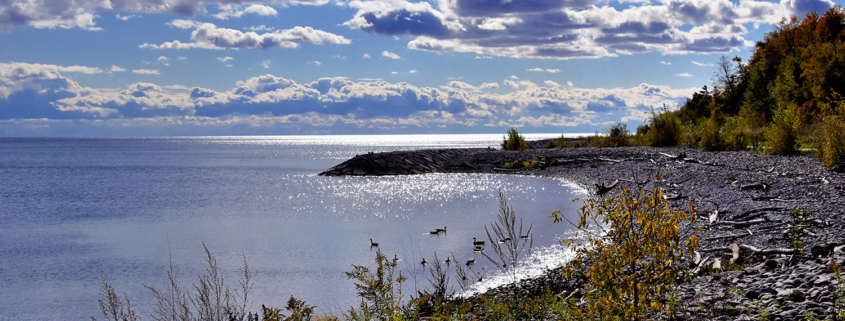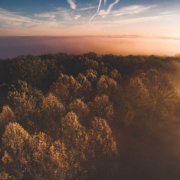Urban Indigenous-Led Climate Adaptation Pathways
The 2021 IPCC Report confirmed the extent of human impacts on the changing climate and how cities are considered to be crucial sites for climate adaptation solutions. However, the contributions and experiences of urban Indigenous Peoples are often excluded from studies of climate adaptation pathways. While the 2021 IPCC Report recognizes Indigenous Peoples’ presence within cities, it focuses on the value of “Indigenous and local knowledge” rather than delving into urban Indigenous-led initiatives.
As a topic, urban Indigenous-led climate adaptation pathways is largely understudied. While existing research about urban Indigenous climate adaptation pathways focuses heavily on urban agriculture and food systems of sub-Saharan Africa, the Pacific, and Asia, a key gap in the literature is “the impacts of climate change on urban Indigenous peoples and how they are included within local government-led climate adaptation planning, policies, and practices.”
Settler colonialism – an ongoing practice whereby Indigenous peoples and cultures are replaced with a settler society – is a dominant theme in the literature, and is recognized as a cause for the ongoing exclusion of Indigenous knowledge in urban climate adaptations. Settler colonialism has actively sought to “erase the idea of Indigenous presence in cities; ” this phenomenon negatively affects the relationship between city governments and Indigenous peoples, and limits trust, consent, accountability, and reciprocity across cultures and governments. More research is needed that explores how Indigenous Peoples occupy different roles in the development of climate adaptation practices in cities, and how Indigenous-led practices are informed by different identities, narratives, and experiences. Approaches to climate adaptation that engage with diverse knowledge and experiences of urban Indigenous Peoples could offer opportunities for innovation in urban climate change policy and practice.
Parks are an important climate adaptation solution for cities. Urban parks initiatives offer promising examples of Indigenous-led climate adaptation in cities. Urban parks also enable the public to learn more about Indigenous approaches to conservation. For example, Discovery Park, the largest urban park in Seattle, Washington, is home to the Daybreak Star Indian Cultural Centre, where ecological restoration projects have attempted to incorporate Indigenous perspectives at the start of any project. Researchers have identified that historical relationships between land and Indigenous Peoples, kinship ties, and environmental narratives are primary indicators to “indigenize restoration” at Discovery Park. At Canada’s first national urban park, The Rouge National Urban Park in Toronto, the visitor’s centre, archaeological fieldwork, and restoration projects were undertaken in partnership with the First Nations Advisory Circle comprising of the seven Williams Treaties First Nations, as well as the Mississaugas of the Credit First Nation, Six Nations of the Grand River, and The Huron-Wendat Nation.
In order for urban Indigenous peoples to both influence and benefit from climate adaptation policies and practices, city governments need to better engage with them. Cities should recognizes the diversity of Indigenous peoples in their midst, the different experiences, vulnerabilities, and identities of Indigenous peoples, and how these may intersect in different ways, in relation to climate change, and to historical and environmental narratives about place.
By Leela Viswanathan
(Image Credit: Jeffrey Eisen, Unsplash)







